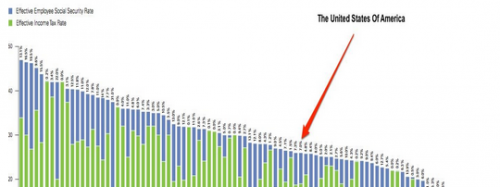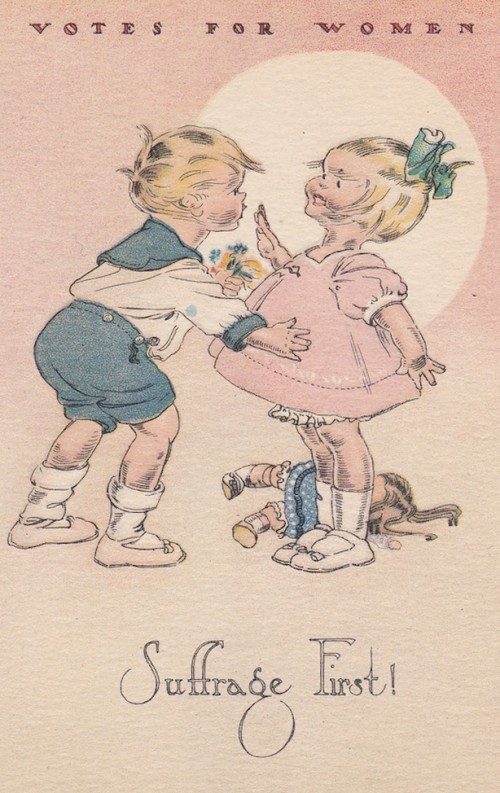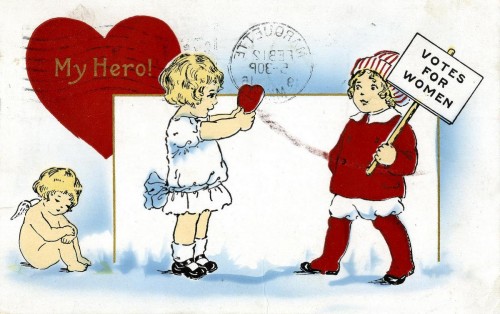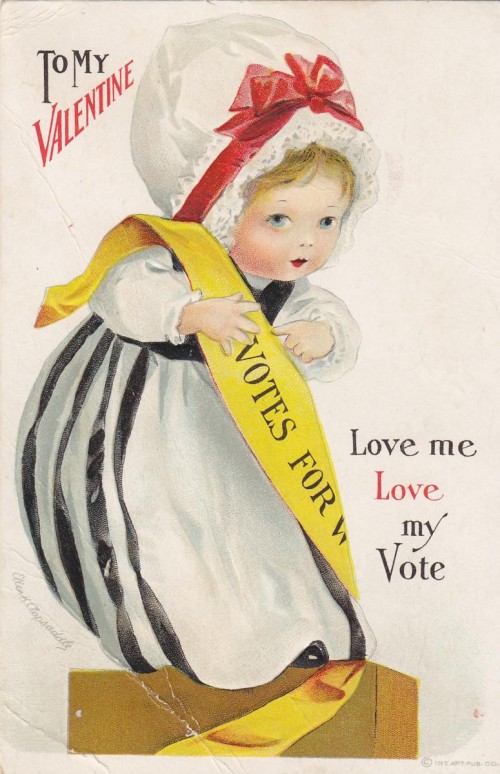- Types of Taxes as a Percent of GDP (1937-2014)
- Historical Comparison of Top Tax Brackets (1945-2010)
- Tax Receipt for 2009
- Tax Dollars and War
- “Donation” and “Welfare” States
- Where Did Your 2009, 2013, and 2014 Taxes Go?
Some History
The Winners and the Losers
- Politics, Discourse, and the Real Tax Rate on the Rich and the Poor
- Recent Trends in US Income Inequality and the Tax Rate (1990-2010)
- Social Class and the Tax Burden
- Corporate Tricks of the Trade
- Mitt Romney and the 47% Meme
- How the Wealthy Design the Tax Code to Suit Themselves
- The Case for Raising Taxes
- Apple’s Tax Bill Rising Much Slower than Its Profits
- Who Benefited from the Bush Tax Cuts?
Tax Cultures
- U.S. Tax Rates in Comparative Perspective (pictured)
- Income Tax as a Patriotic Duty
- Collecting Taxes in Pakistan
- Danish vs. American Attitudes Towards Taxes
- TurboTax Maps Out a (Conventional) Future
Lisa Wade, PhD is an Associate Professor at Tulane University. She is the author of American Hookup, a book about college sexual culture; a textbook about gender; and a forthcoming introductory text: Terrible Magnificent Sociology. You can follow her on Twitter and Instagram.






